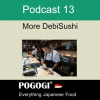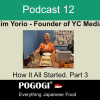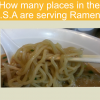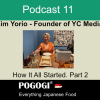Overview Of Japanese Persimmon And Its Health Benefits

The Japanese persimmon or Kaki Persimmon, also known as an Oriental persimmon, is an attractive tree known for its ease of care as well as its hardiness. The tree doesn’t need pollination to produce non-astringent fruit nor does it change color during the process of ripening. The Japanese persimmon tree grows in warm climate regions and produces a large number of fruits during the months of October and December. The leaves are popular for use as the wrapping in Kakinoha Zushi, which is a type of pressed sushi.
A brief history
The term persimmon means "food of the gods" in Latin. It is the fitting name for a fruit that offers a number of nutritious vitamins. Japanese persimmons have a rich history in Asian culture. As with many other Japanese foods, their origin started in China hundreds of years ago before migrating to Japan. They were first introduced to the U.S. from Japan in the year 1910. Reproducing from the original cultivar allowed the production of the first non-astringent persimmon. This means that they were initially astringent by nature.
The taste
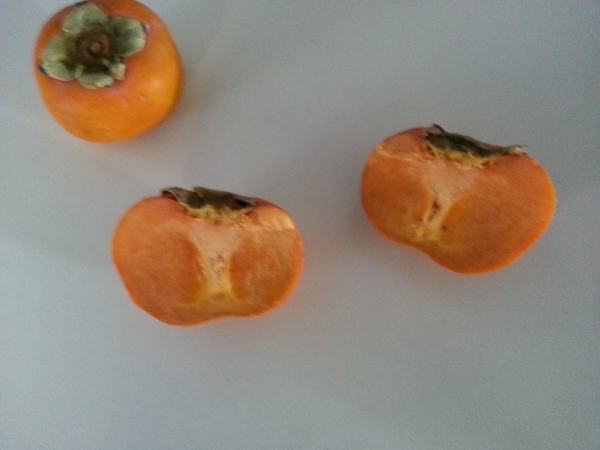
These persimmons do command an edible benefit over other persimmon fruits. The under ripened fruit is slightly sweet while a fully-ripened fruit has a firm rich, and incredibly sweet flavor. When purchasing a Japanese persimmon, look for a fruit that’s light-orange with green calyx at the top. While Japanese persimmons command an edible benefit over other persimmon fruits, they share a number of common characteristics with other varieties of persimmons. They have a rounded tomato shape and an indented leaf. Their texture varies slightly from crisp when they are young, to tender as they grow and ripen.
How it is eaten
Choose a ripen persimmon. It is the only time persimmons ought to be consumed. Before this stage, the fruit will be extremely bitter. Wash your persimmon well but gently. You may choose to rest it in a colander and allow a gentle water flow over it.
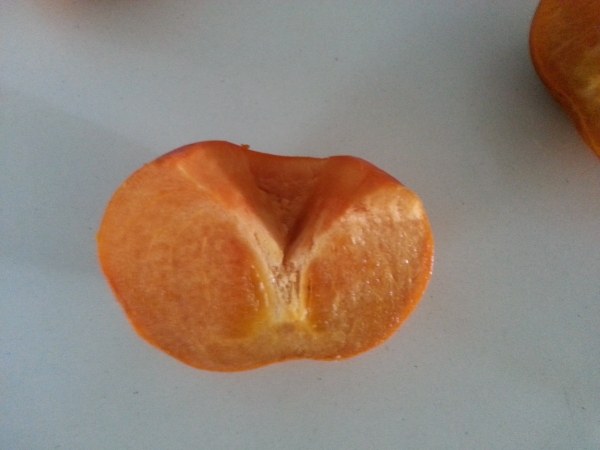
You can peel the fruit or leave its skin on, depending on your preference. Japanese persimmons are eaten much like apples where the skin can either be peeled or consumed. Cut it in two halves, starting at the bottom. Cut the two halves into small pieces then add toothpicks to individual slices arranged on the plate for a true Japanese snack. Add persimmon slices to salads or smoothies. Create a puree and add it to ice cream, muffins, or breads.
Health benefits of Japanese persimmons
Japanese persimmons are full of amazing health benefits. The fruits contain lots of soluble fiber which is essential for cardiovascular health. Also, they are full of antioxidants, calcium, A, B, C, E, K Vitamins, potassium, phosphorus, choline, zinc, iron, copper, and selenium. The fruits also contain lots of Omega 3 and 6 Oils which help to prevent strokes and cardiovascular disease. They can also help to slow down the aging process. A single Japanese persimmon contains roughly 110 calories, which is great for people looking to lose weight. The persimmon fruit also has no fat or cholesterol. Studies suggest that the amount of antioxidants and fiber in this fruit is higher than in fruits such as oranges and apples.


